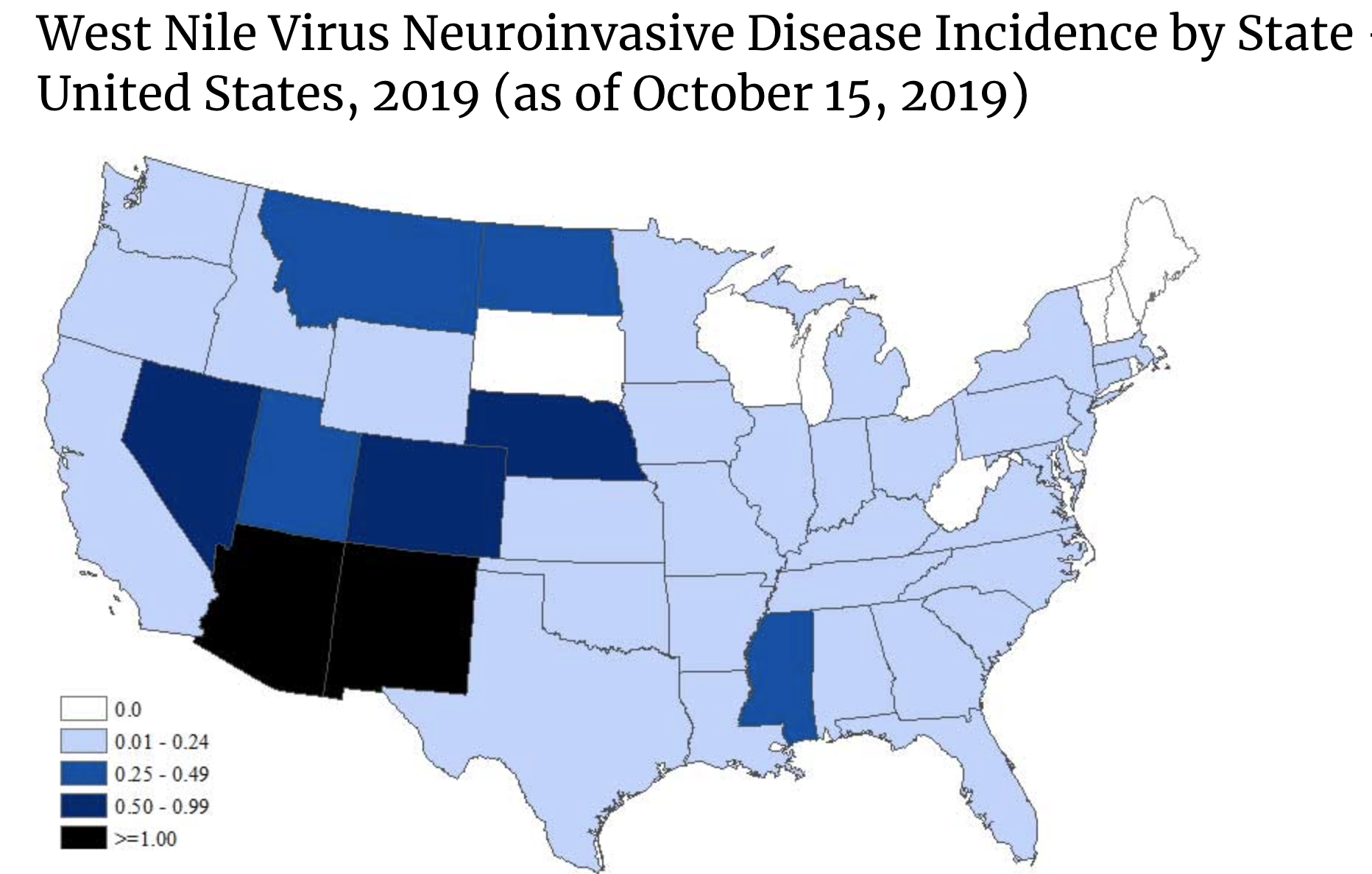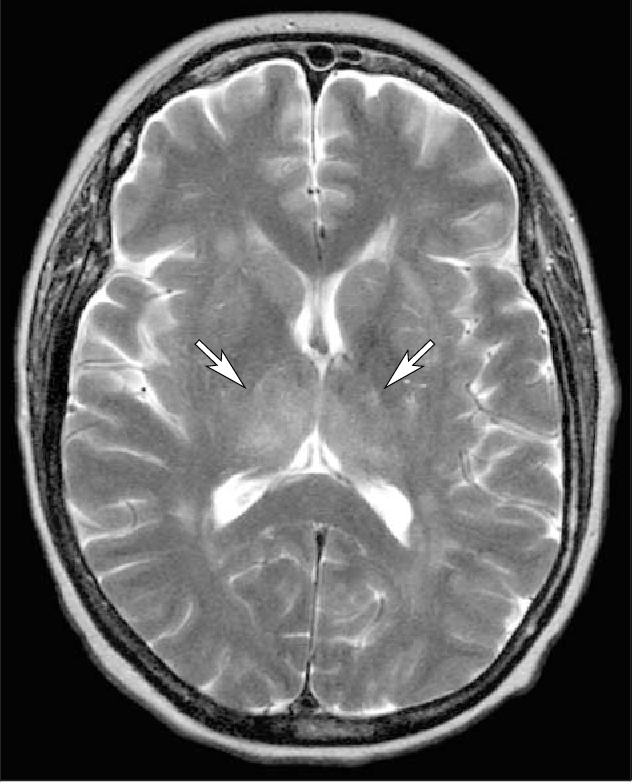Case Presentation: West Nile (WN) virus, a member of the Japanese encephalitis virus antigenic complex, is the leading cause of mosquito-borne disease in the continental United States. Approximately 1 out of 250 patients develop neuroinvasive disease including encephalitis, meningitis, acute flaccid paralysis and opsoclonus-myoclonus syndrome (OMS). Sparse data exist regarding potential treatments for WN virus neuroinvasive disease, so the treatment of WN virus infection is primarily supportive. Recently, intravenous immunoglobulin (IVIG), has emerged as a treatment for WN encephalitis, meningitis, and acute flaccid paralysis, but rarely OMS. Here, we present a case of a 72-year-old male admitted with West Nile meningoencephalitis complicated by OMS. 72-year-old male with past medical history of rheumatoid arthritis presented to the Emergency Department (ED) with a chief complaint of fever, chills, neck stiffness, and headache. In the ED, he was found to be positive for Rhinovirus. Given his presenting symptoms, a lumbar puncture (LP) was performed to rule out meningitis and he was placed on empiric antibiotic therapy. Following the LP, a rapid response was called for severe agitation, shaking movements, and acute encephalopathy. CSF studies demonstrated elevated protein (149 mg/dl) and total nucleated cells (134/uL) with negative CSF PCR, HSV PCR and VDRL titers. Electroencephalography (EEG) showed no evidence of epileptiform activity. The patient’s WN Virus IgM antibody and West Nile CSF PCR returned positive and his antibiotic regimen was discontinued. His hospital course was complicated by opsoclonus and worsening, rapid negative myoclonus of the upper and lower extremities causing severe gait instability. The patient was subsequently started on 0.4 g/kg of IVIG over a 5-day course. His upper and lower extremity myoclonus made a dramatic improvement after 36 hours of treatment and his opsoclonus subsided by day 3 of his 5 day course of IVIG. After completion of the full course of IVIG, the patient began ambulating without difficulty and showed no evidence of OMS. Patient made a full neurological recovery and was subsequently discharged home.
Discussion: Opsoclonus-myoclonus syndrome (OMS) is an extremely rare condition characterized by erratic multidirectional eye movements without intersaccadic intervals, accompanied by myoclonus affecting both the limbs and the trunk, cerebellar ataxia, tremor and encephalopathy. OMS can be idiopathic, but has been associated with paraneoplastic processes and infectious causes such as WN virus. While historically, the treatment for OMS in the setting of WN virus infection has been primarily supportive, there have been several instances including the case reported here, where IVIG has demonstrated therapeutic efficacy.
Conclusions: It is incumbent upon clinicians to consider this rare disease in their differentials, as early recognition of OMS in WN virus portends a better prognosis and higher likelihood of neurological recovery. Clinicians should also consider IVIG as a potential treatment option for WN virus associated OMS.


